Let’s just admit right now that anamorphics are cool. From the bokeh to the lens flares, they create a unique effect that is nearly impossible to fake. Sure there are ways to recreate some of the look, but a true anamorphic lens can’t be beat.
The problem is, anamorphic adapters aren’t really an exact science. There are a lot of variables to deal with. You can find a lot of hobbyists throwing up random videos on YouTube but nowhere has there been a complete guide for shooters interested in using anamorphic lenses…until now.
Andrew Reid, webmaster of EOSHD.com, has a huge passion for anamorphics. His site, besides having tons of general tips and thoughts about HDSLR shooting, also is one of the most extensive collections of anamorphic examples with HDSLRs. Still, the information wasn’t in a complete, easy to read guide. Thankfully, Andrew created The Anamorphic Shooters’ Guide. This 31 page guide goes over everything you need to know about anamorphics and HDSLRs.
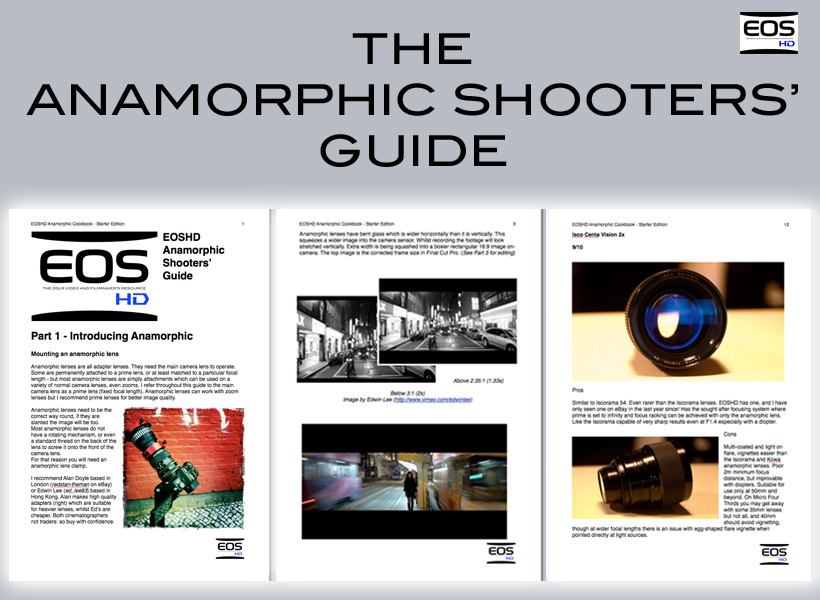
Content:
The guide starts off with a general introduction to anamorphics, the pros and cons. It then moves on to the different types of anamorphic adapters out there which includes a complete list of the various adapters and how well they work. The guide also covers post production and finally how each of these adapters will work with your specific HDSLR.
Impressions:
I’ve been shooting with HDSLRs for awhile but didn’t know a ton about anamorphics. For me, the introduction to anamorphics covered many things I already knew but still it was nice to have it summarized and have the blanks filled in. As the guide moved on towards the necessities of anamorphic workflow, I quickly found myself starting to understand the process. I learned what adapters work best with what lenses, issues with vignetting, best f-stops and more.
Value:
When depth-of-field (35mm) adapters came out, there was a lot of learning that came with them. It wasn’t as simple as putting a 35mm lens in front of your camera. I bought and sold a lot of gear before I really learned the process.
Anamorphics are a bit more expensive but no less complicated. It’s great to have a complete guide that tells me what is involved with the process so that I can make an educated choice before I start purchasing any anamorphic adapters.
Conclusion:
Whether you want a complete guide for HDSLR anamorphics or you would simply like to give back to all the time and research that Andrew has put into his site, The Anamorphic Shooters Guide is a great investment to make.

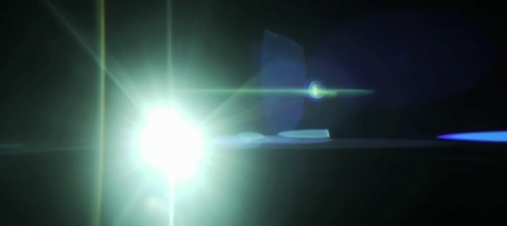

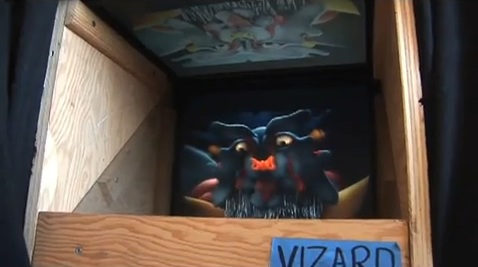
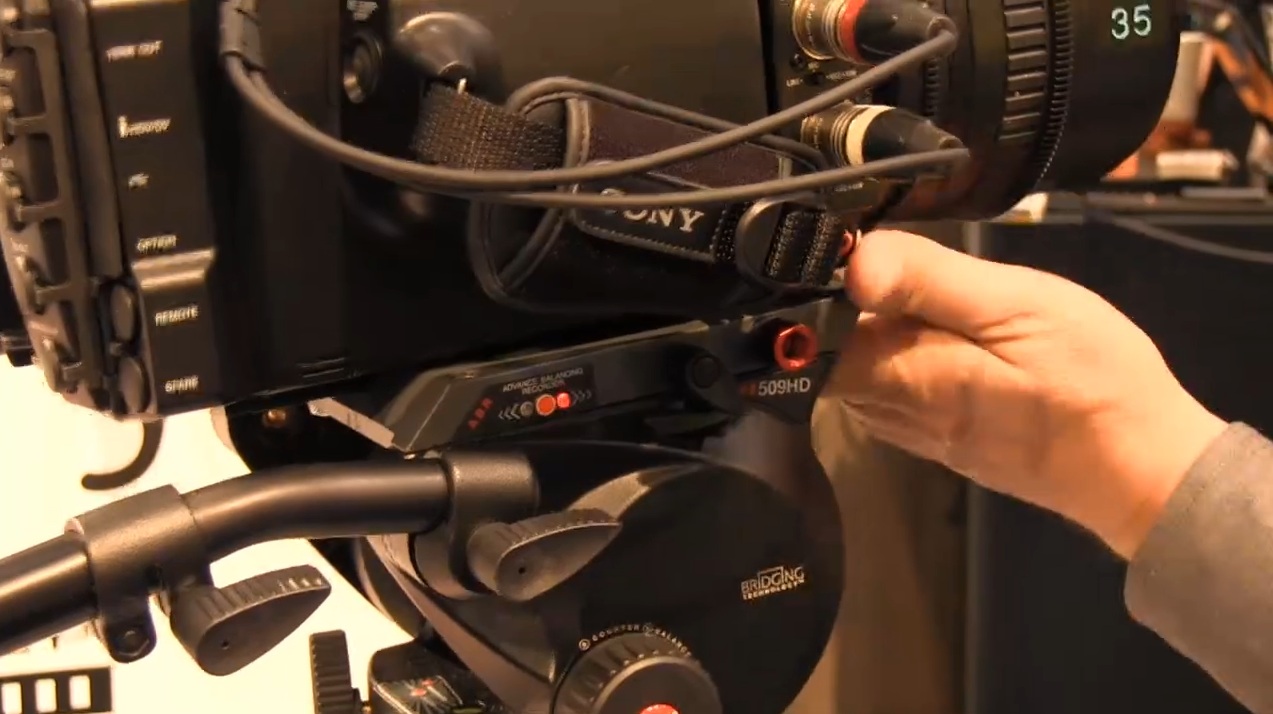
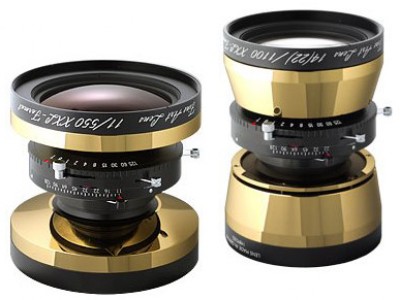



I bought it a few weeks ago and im glad i did. Saved me from buying the wrong anamorphic lens. I hope the update it with more lens information as they get it.
This is really satisfied by the great info is visible in this blog that to using the great services in this blog
http://www.highschoolsdirectory.com
Nice article and I will definitely bookmark it. I really like your writing style so I will visit this blog again in the future!
http://www.apguide.com